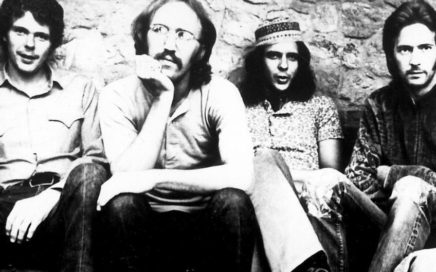
Don’t Fear Strangeness In Your Songwriting… As Long As It Works
Good songwriting almost always comes about by following some basic principles. Those principles are not cast in stone, of course. If they were, we’d call them rules. For some songs, the principles seem obvious and clear, and you don’t have to do a lot of thinking to know why those songs work so well. For […]














